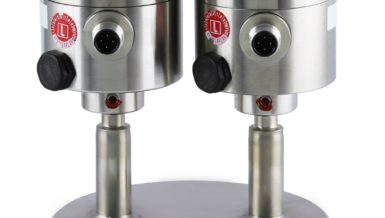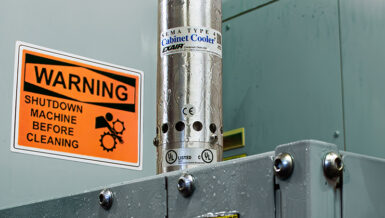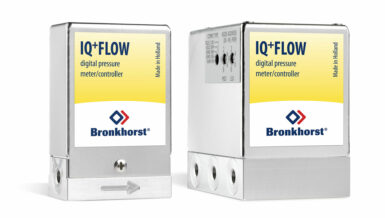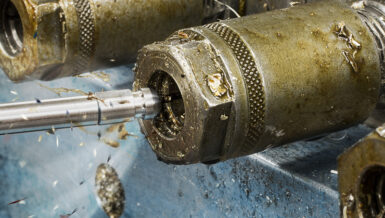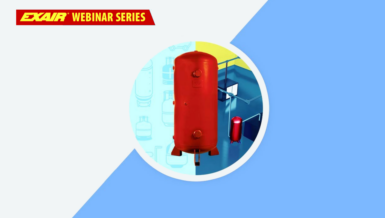Are my plant and the production process running well? This question is a daily concern for persons in charge in the chemical, energy or oil and gas industries as well as in power plants. Pressure measurement devices such as Cerabar and Deltabar from Endress+Hauser, a leading supplier of measuring and automation technology, play a vital role in control and safety applications: The transmitters determine the relative and absolute pressure as well as the differential pressure. For operations, it is essential that these transmitters fulfill their function. For this, Heartbeat Technology provides the necessary insights.
The three pillars of Heartbeat Technology
Heartbeat Technology is a digital testing concept. Endress+Hauser has developed it to enable customers to increase their plant availability while reducing maintenance efforts. The design philosophy is based on balancing measurement functionality, safety and simplicity. The concept was launched in 2013 and has already established itself for level, liquid analysis, flow, temperature and applications. With the new Cerabar and Deltabar instruments, Heartbeat Technology is available for pressure and differential pressure. It consists of three pillars: Heartbeat Diagnostics, Heartbeat Verification and Heartbeat Monitoring.
A high level of diagnosis by design
Diagnostics forms the basis of Heartbeat Technology: The diagnostic coverage of the new Cerabar and Deltabar transmitters is more than 96 percent. This means that the dangerous undetected failures are reduced to a minimum. For example, software integrity, undervoltage, output current, loop diagnostics and statistical process diagnostics are automatically are continuously monitored.
The process and device diagnostic messages are in accordance with Namur Recommendation NE 107 and provide users with clear instructions on how to react correctly in the event of an error message. Plant uptime is thus significantly increased.
Verification is done in three minutes – even remotely
Heartbeat Verification generates further added value for plant operators and maintenance officers. It enables device verification within three minutes. Because there is no active intervention in the signal circuit, even employees without special expertise can perform the verification at any time. An efficient test method, especially for pressure transmitters connected to an analog input card.
Because the new Cerabar and Deltabar pressure transmitters feature Bluetooth® connectivity, users do not have to crawl or climb to the devices. Instead, with Bluetooth®, they can conveniently access them directly from a distance of up to 25 meters. The process of the plant continues without interruption. The service technician goes go through the verification step by step via the SmartBlue app from Endress+Hauser on a mobile end device, for example on a tablet or smartphone. Alternatively, verification is possible via digital communication with HART or with the graphic display.
Heartbeat Verification takes care of the documentation of device functions automatically. This is an important service in the chemical, power or oil and gas industries where equipment testing is performed periodically and the outcomes must be recorded. The verification report is issued as a PDF immediately after verification and contains all relevant data.
Three examples of how monitoring improves productivity
The third pillar of Heartbeat Technology is Heartbeat Monitoring. It detects unwanted device or process anomalies and provides information on mechanical and thermal stresses. In addition to the pressure measurement, additional data is evaluated, including the signal noise or the terminal voltage. The benefits for users are illustrated by three examples:
- If a valve was set incorrectly during maintenance, Heartbeat Monitoring detects this as a plugged impulse line. This is made possible by the statistical analysis of the pressure signal.
- Heartbeat Monitoring determines whether valves are closing too quickly, causing water hammer or pressure surges. This is made possible by measuring dynamic pressure surges in the millisecond range. Mechanical stress can now be quantified.
- Heartbeat Monitoring is used to diagnose corroded terminals and the leakage currents they cause. This is possible because deviations in the loop resistance are detected.
The anomalies mentioned lead to incorrect measurement signals or affect surrounding aggregates. They thus endanger productivity and safety. With Heartbeat Monitoring, plant operators protect themselves from such risks. The monitoring data can be output both as a cyclic or acyclic information.
A look into the future
One of the reasons why the Heartbeat Technology functions are so helpful is that they happen in real time as the analysis runs around the clock and is available at all times. But there is an even higher potential: The data obtained can be used to feed algorithms that enable predictive maintenance. It is now possible to determine how heavily aggregates in the immediate vicinity of the Cerabar and Deltabar pressure transmitters are stressed and use this for data-based decision making for maintenance or replacement.
The example of Heartbeat Technology shows that the added value of Industry 4.0 can be summed up with the knowledge triangle: Data becomes information, information becomes knowledge, and knowledge is used to optimize maintenance priorities and processes.





